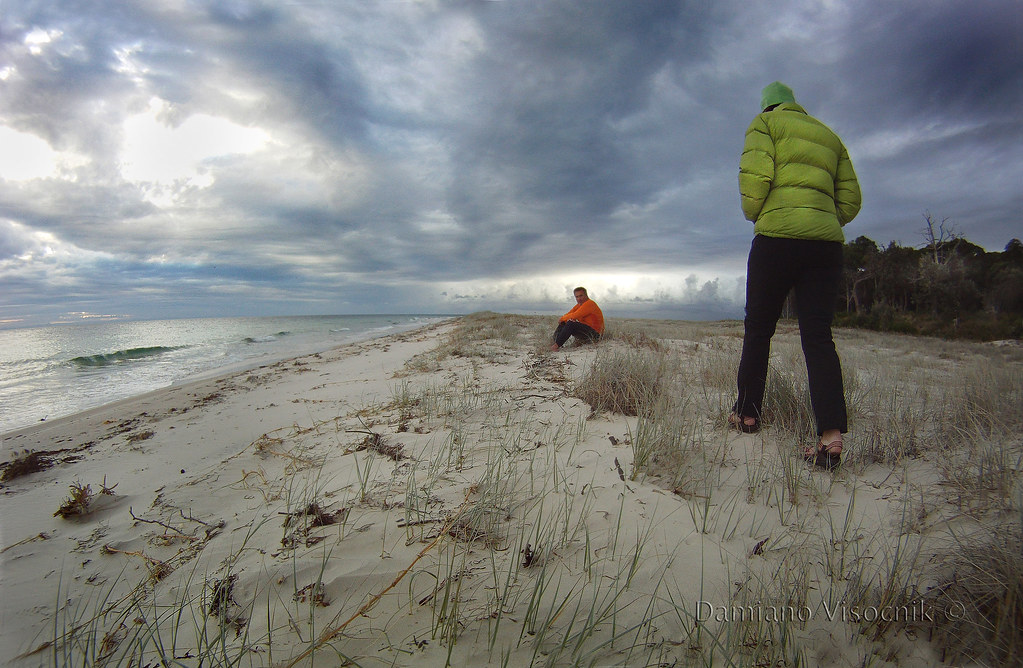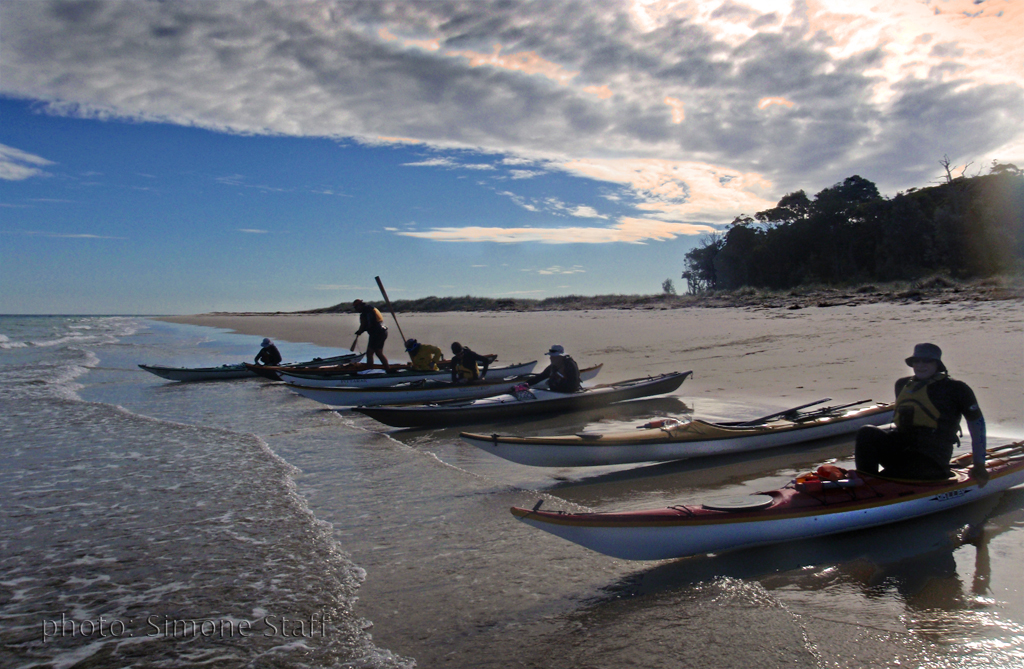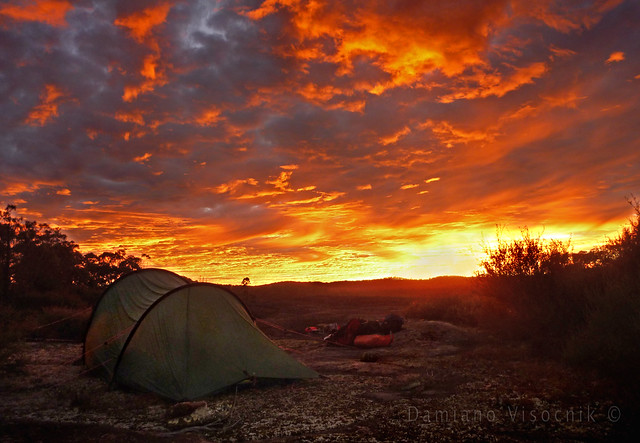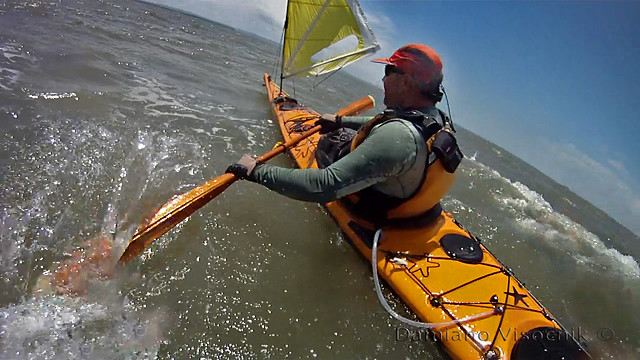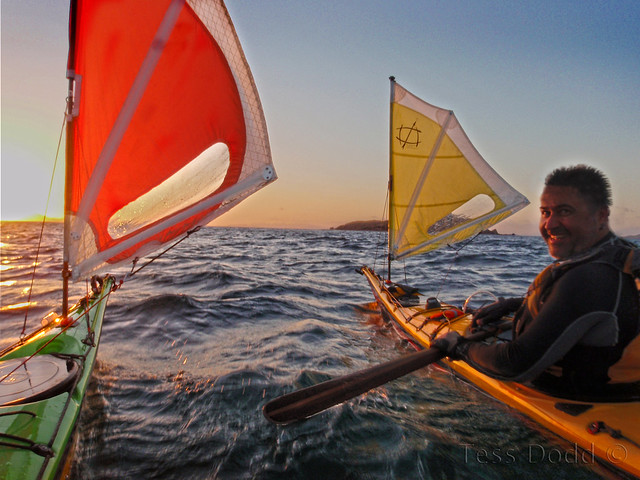Never before has being an armchair adventurer been more exiting than right now.
Somebody “tweeted” from the summit of Mount Everest today.
 |
| photo Didrik Johnck_with permission |
It had to happen. In this increasingly populated and complex world people are continually seeking new outlets to fuel their need for excitement. To be there 'at that very moment'.
The primeval need for adventure and exploration in the past was first domain of books. Throughout history explorers had great following and were often held in high esteem - heroes if you will.
The concept of the vicarious adventuring is an old one. People are fascinated with the danger and hardships endured during conquests in far away lands. Libraries and bookstores are full of text of adventures, some as factual accounts (for the type A personality) other as a mixture of fiction and of more engaging prose. Explorers originally illustrated their journals with hand drawn pictures and maps. These journals fascinated readers that often would not even dream to leave the comfort of home.
With the advent of technology the medium changed. Books started to contain photographs. There is something compelling about photographic evidence supporting an adventurers story. Sir Edmund Hilary famously photographed his summit of Mount Everest for historical reasons and also to dispel any doubts of his success.
Motion pictures changed that again. Explorers, climbers, seafaring voyagers and dare devils suddenly could record their exploits and bring them to the masses.
Even if recording the adventure on film often involves a great amount of planning, additional cost and hardship (schlepping an Imax camera to Everest was a great feat), filming the action became essential in some circles.
The recording and sharing of events however is not just motivated by altruistic “for the benefit of the public” philanthropic streak; at least I don’t think so.
These days it is a rare expedition that is not attracting sponsorship. Very few individuals have the means to self support complex and expensive adventures.
And that’s where the commercial side of the adventure comes in.
In the old days sponsorship often required a direct “return on investment” to the party willing to fork out the money or equipment, today things are a bit more complex and somehow easier.
Christopher Columbus approached the Queen of Spain to give him ships to sail to the then unknown Americas. The Queen was hoping to get gold field discoveries in return. England sponsored many explorers to then colonize new lands.
 |
| photo: Brenda Clarke_with permission |
Since the golden age of exploration dried up the real big gigs (there aren’t too many lands left to be discovered anymore, in the classical sense) the focus has shifted to smaller feats.
It appears that these days the expedition that involves smaller teams (or solo) with smaller budgets have a great following. Joe Public loves those feats. It is hard to believe the following that some really simple “expeditions” attract.
In my sport of sea kayaking I have noticed some paddlers drumming up sponsorship for trips that are little more than extended vacations. They appear to give little in return to the individual/business outlaying the money.
It is understandable when the journey is linked to an outstanding feat, or a charitable cause where individuals are willing to donate their money for a humanitarian reason, but some people are willing to part with their money to support somebody elses holiday. Why is that ?
For most it is to be “part of” an adventure that they are not otherwise able to be part of. The vicarious adventure. The armchair explorer.
Back to the Mount Everest tweet.
Samsung sponsored the dude that promptly and proudly announced to the world (via his Samsung product): I MADE IT
Half of the globe (OK maybe a bit less, but you get my drift) were with him at that very moment, or so they felt.
History was made and they were PART of it.
Samsung is laughing all the way to the bank…
Editorial in collaboration with ATTP
